Annual report on the Allotoca-Mesa Central project
Submitted by michael.koeck on 19. January 2020 - 16:31
Annual report on the Allotoca-Mesa Central project
Deadline January 18, 2020
Part A: The development of the number of members from 2016 to todayDie Entwicklung der Mitgliederzahl von 2016 bis heute
Starting with five European members in 2016, the group grew relatively quickly to ten by the end of 2017, including two other zoos from Great Britain and Hungary in addition to the Haus des Meeres. Unfortunately, one participant from Denmark had to leave the project as he refused to sign the documents required by the new data protection legislation, but he had not received any fish up to this point. Four more people joined in the following two years, so that the group currently comprises 13 participants, which in addition to European aquarists and zoos also includes American hobbyists. Another British zoo and three other private individuals from German-speaking countries have recently expressed their interest in participating and have already received the documents to be signed. In general, it has proven surprisingly difficult in recent months to find interested parties, i.e. new project participants, for the surplus of a species (Allotoca zacapuensis). Despite intensive advertising on a specialist page on Facebook with almost 1,300 members and at an event of like-minded people, only four people could be inspired, but one had to put a possible participation on hold again for private reasons. It is probably due to the fact that this species is relatively unknown, unlike many other highland carp fish, and a tendency towards colorful and easily available fish can also be recognized by conservationists. Not everyone looking for rare fish is willing to give space to less colorful species or even to join a project that calls for strict guidelines to be followed. We even have a report about a futile attempt to secretly steal animals by a project participant because he did not want to join the project but would have liked to have the fish. On the whole, however, a slowly increasing number of members can be expected for the next two years with the expected surpluses in some species.

Part B: Characterization and current situation of the fish stocks in the aquariums
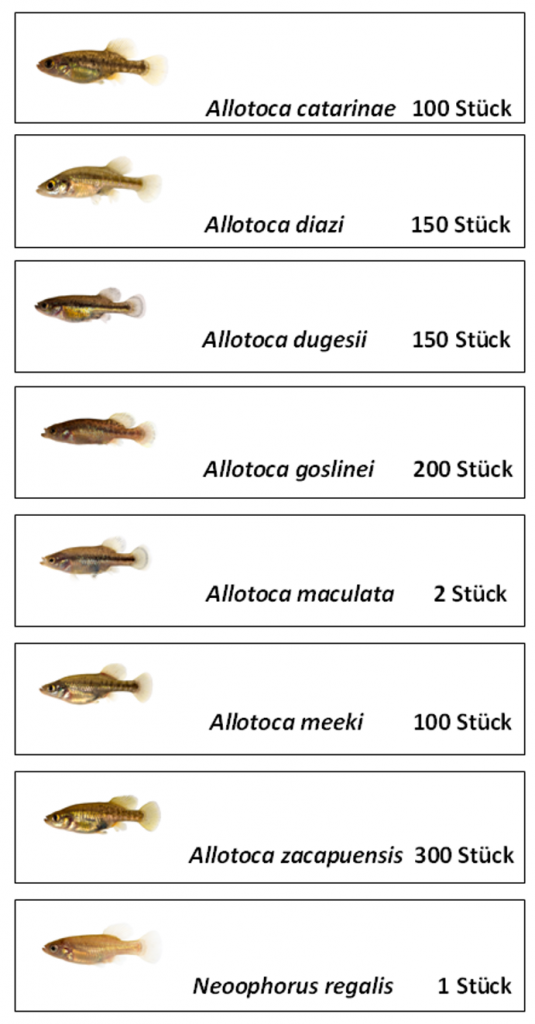 Allotoca zacapuensis, along with the other three representatives of the so-called Allotoca diazi group (A. catarinae, A. diaziand A. meeki), proved to be extremely productive and now represents the majority of individuals in the breeders' aquariums. The other three species in this group are also well distributed, especially A. diazi has gained more owners in recent months. We expect significant surpluses for A. meeki and A. catarinae in 2020. Allotoca dugesii was originally represented in aquariums with individuals from three areas (Chapultepec, Cointzio and Poncitlán) from three different ESUs. The Poncitlán and Chapultepec populations are still there, even if they have not grown as hoped. The Cointzio portfolio, on the other hand, has unfortunately expired. However, in contrast to most of the others, it is still the case with this species that a large part of the population is not part of the project and the number of animals kept is therefore much higher. This is due to the fact that at the beginning of the project there were already populations of hobbyists and an attempt was made to incorporate many of them with existing stocks into the project. However, due to general resentment against adherence to strict guidelines, this only succeeded to a modest extent. The population of Allotoca goslinei had already declined during the last two years, but was specifically pushed in 2019 and has therefore grown significantly in the last few months since summer. This species, like the stocks of all previously mentioned, is considered to be secured in aquariums, although there is still room for improvement in all species. In the meantime, however, it is considered hopeless to keep 1,000 individuals of all species in aquariums, which, according to population genetics, is not even necessary. They are of the opinion that around 500 individuals are sufficient. For the future, there is simply a lack of possible keepers with the necessary number of aquariums, and thus also of a strategy to react in good time to surpluses and to be able to distribute them with foresight. A challenge that will have to be dealt with in the years to come. Allotoca maculata and Neoophorus regalis were still available in small numbers as breeding groups at the beginning of the project but have now shrunk to individual animals of one sex and thus practically become extinct in the project. Simply put, the reasons for this lie in a small pool of initial animals at the start of the project, dividing and distributing the still small stocks too early before the start of the project, individual posture difficulties caused by worms that can hardly be brought under control, but also language barriers. What should happen now with regard to these two species? The answer is that, like the two Allotoca dugesii site variants (ESU's) from the Lago de Cuitzeo basin and the upper reaches of the Río Duero, they should be introduced and cultivated. Then the group should be significantly enlarged from the beginning with an optimal housing in a single place and then animals should be distributed in a targeted manner if the group size is sufficient. Now it’s the language barriers have also been removed, this time it should work to keep the animals successfully in the project.
Allotoca zacapuensis, along with the other three representatives of the so-called Allotoca diazi group (A. catarinae, A. diaziand A. meeki), proved to be extremely productive and now represents the majority of individuals in the breeders' aquariums. The other three species in this group are also well distributed, especially A. diazi has gained more owners in recent months. We expect significant surpluses for A. meeki and A. catarinae in 2020. Allotoca dugesii was originally represented in aquariums with individuals from three areas (Chapultepec, Cointzio and Poncitlán) from three different ESUs. The Poncitlán and Chapultepec populations are still there, even if they have not grown as hoped. The Cointzio portfolio, on the other hand, has unfortunately expired. However, in contrast to most of the others, it is still the case with this species that a large part of the population is not part of the project and the number of animals kept is therefore much higher. This is due to the fact that at the beginning of the project there were already populations of hobbyists and an attempt was made to incorporate many of them with existing stocks into the project. However, due to general resentment against adherence to strict guidelines, this only succeeded to a modest extent. The population of Allotoca goslinei had already declined during the last two years, but was specifically pushed in 2019 and has therefore grown significantly in the last few months since summer. This species, like the stocks of all previously mentioned, is considered to be secured in aquariums, although there is still room for improvement in all species. In the meantime, however, it is considered hopeless to keep 1,000 individuals of all species in aquariums, which, according to population genetics, is not even necessary. They are of the opinion that around 500 individuals are sufficient. For the future, there is simply a lack of possible keepers with the necessary number of aquariums, and thus also of a strategy to react in good time to surpluses and to be able to distribute them with foresight. A challenge that will have to be dealt with in the years to come. Allotoca maculata and Neoophorus regalis were still available in small numbers as breeding groups at the beginning of the project but have now shrunk to individual animals of one sex and thus practically become extinct in the project. Simply put, the reasons for this lie in a small pool of initial animals at the start of the project, dividing and distributing the still small stocks too early before the start of the project, individual posture difficulties caused by worms that can hardly be brought under control, but also language barriers. What should happen now with regard to these two species? The answer is that, like the two Allotoca dugesii site variants (ESU's) from the Lago de Cuitzeo basin and the upper reaches of the Río Duero, they should be introduced and cultivated. Then the group should be significantly enlarged from the beginning with an optimal housing in a single place and then animals should be distributed in a targeted manner if the group size is sufficient. Now it’s the language barriers have also been removed, this time it should work to keep the animals successfully in the project.
Part C: Research trips in the sense of the project since the beginning of the project
A few years before the start of the Allotoca-Mesa Central project in September 2016, the Goodeid Working Group managed to find Meeks Goodeid (Allotoca meeki) in the discharge of the Estanque de Condembas in the small town of Opopeo in November 2014, a species that at that time was believed to be extinct in nature. Together with the discovery of another highly endangered species in June 2016 - Allotoca maculata - that was more or less the initial spark for the Allotoca - Mesa Central project. In the years to come it was one of our efforts to keep informed about the situation of the natural population and, if possible, to include more animals in the breeding program. Two trips to the states of Guanajuato and Michoacán already took place in 2017. The aim was, on the one hand, to control known localities of Allotoca diazi, A. dugesii, A. meeki and A. zacapuensis, to track down Allotoca catarinae in the natural habitat for the first time, to rediscover lost stocks of Allotoca dugesii in Guanajuato, as well as a second locality of Allotoca zacapuensis that had only recently become known. While Allotoca diazi and A. dugesii could still be found in good stocks in the spring near the old mill near Chapultepec, that year we were able to detect Allotoca meeki even in the spring pond of Opopeo, where it was not found three years earlier. The location of the two syntopically occurring species near Chapultepec did not seem to be endangered, but Allotoca meeki, probably one of the most threatened species of Goodeid, has to share its habitat with voracious black bass (Micropterus salmoides), which pose a great threat to the species. Allotoca catarinae was found near the headwaters of the Río San Antonio in the city of Uruapan. It was found together with a second species of Goodeid, Ilyodon whitei, and appeared to exist in healthy and larger populations. At the second location of Allotoca zacapuensis, discovered in 2014 in a headwaters in the upper reaches of the Río Angulo, the species could not be found by us, but by an American group the following year. The stocks of Allotoca dugesii in Guanajuato could not be discovered despite an intensive search at the two known sites and beyond; a fate that they share with the stocks near Poncitlán above Lake Chapala, which we could not find eight years later (June 2016) after they were discovered in 2008. Nevertheless, it is possible that this species of fish is still present in these areas.
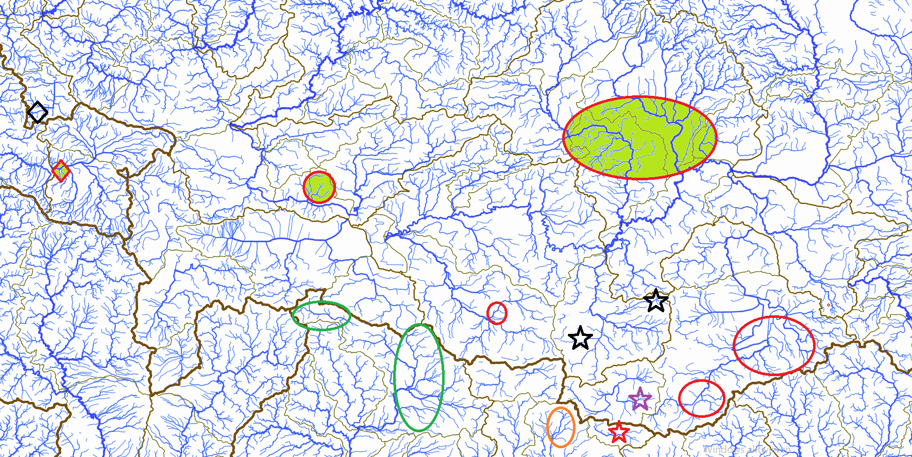
Legend to the above figure: Black diamond: Allotoca maculata was found; red diamond with green field: former place where Allotoca goslinei was found; red star: location of Allotoca meeki; violet star: location on Allotoca diazi; black stars: localities of Allotoca zacapuensis; orange oval: find area of Allotoca catarinae; green ovals: Find areas of Neoophorus regalis; red ovals: localities of Allotoca dugesii; red ovals with green field: former sites of Allotoca dugesii in Guanajuato (large) and Poncitlán (small).In 2018 a trip took me to Jalisco in November. The aim this time was to visit the Laguna Palo Verde to check the population of Allotoca maculata. We also wanted to visit the type of locality of Allotoca goslinei, a species that has been lost in nature since 2005. We were able to detect the first species in large populations, but unfortunately not the second. This actually only seems to exist in aquariums. With the exception of the occurrence of this species in the upper reaches of the Río Duero, all known localities of Allotoca species were within the last one by December 2019 - if you include the regular controls of the stocks of Allotoca dugesii in the Lago de Cuitzeo basin by the University of Morelia been visited for three years. Only Neoophorus regalis was not taken into account until then. The only species in the genus Neoophorus is considered a bit of a mystical species. Relatively modest in color and living hidden, it is seldom observed in nature. When the world population of this species in aquariums was practically zero at the end of 2019, it was decided to change this fact. In January 2020, the area of origin of this species - creeks, small rivers and reservoirs in a geologically extremely interesting area in the Río Balsas area was searched for by two Mexican scientists on behalf of the project management team to look for the species. Only a few days ago it was successfully detected in two rivers, and individuals were collected from both habitats, which are to be kept and reproduced in a facility of the biological faculty of the University of Morelia in the future. Offspring of these should be included in the project during the year.
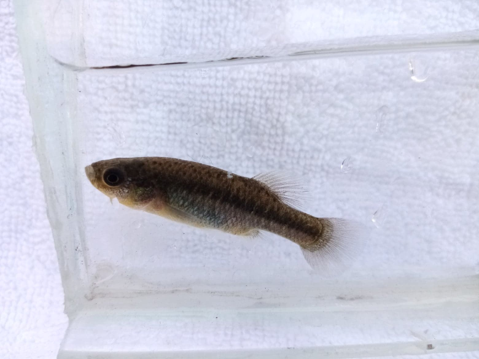
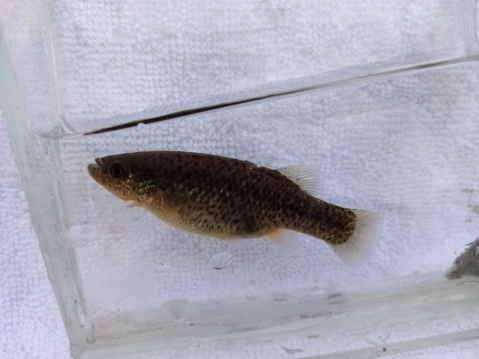
Part D: Status of the species in nature and other activities with relevance for the project
After a year of intensive research and work, the current IUCN Redlist report was published in July 2019. Mexican fish, including, of course, all representatives of the genus Allotoca and Neoophorus regalis, are moderately recorded. After we were largely responsible for the evaluation of the individual species, our findings and results from the last few years were incorporated into these assessments. As a result, one species is currently considered "Extinct in the Wild", namely Allotoca goslinei, as already mentioned, and Allotoca dugesii as the species with the largest area of distribution is listed as "Endangered". All other species have been classified as "Critically Endangered" and are therefore assigned to the second highest threat category. This means that all species now have an official IUCN endangered status.Here are the links to the corresponding species in the IUCN Redlist:
Allotoca catarinae: https://www.iucnredlist.org/species/191694/47097611
Allotoca diazi: https://www.iucnredlist.org/species/169372/1274613
Allotoca dugesii: https://www.iucnredlist.org/species/191695/1998425
Allotoca goslinei: https://www.iucnredlist.org/species/191696/1998432
Allotoca maculata: https://www.iucnredlist.org/species/881/3147389
Allotoca meeki: https://www.iucnredlist.org/species/191697/1998439
Allotoca zacapuensis: https://www.iucnredlist.org/species/191699/1998453
Neoophorus regalis: https://www.iucnredlist.org/species/191698/1998446
In November 2019 there was a meeting of Teleost TAG, a working group of the EAZA (European Association of Zoos and Aquariums) that deals with most of the bony fish, the ray fins (teleosts). The aim was to create so-called Regional Collection Plans, which are a kind of recommendation lists for zoos, which fish species they should prefer to keep, whereby the emphasis will be on endangered species. Some of the Goodeids will be included in these lists, including of course all Allotoca species as well as Neoophorus regalis. This means that their representatives will in future increasingly be kept and shown in zoological institutions. In addition, the tasks associated with these lists include the evaluation of protective measures on site, and hopefully also their implementation - something that, with the previous classification according to IUCN criteria, will be given more weight and will be easier to achieve than in the previous year. Here you can see how many things often go hand in hand at the right time.

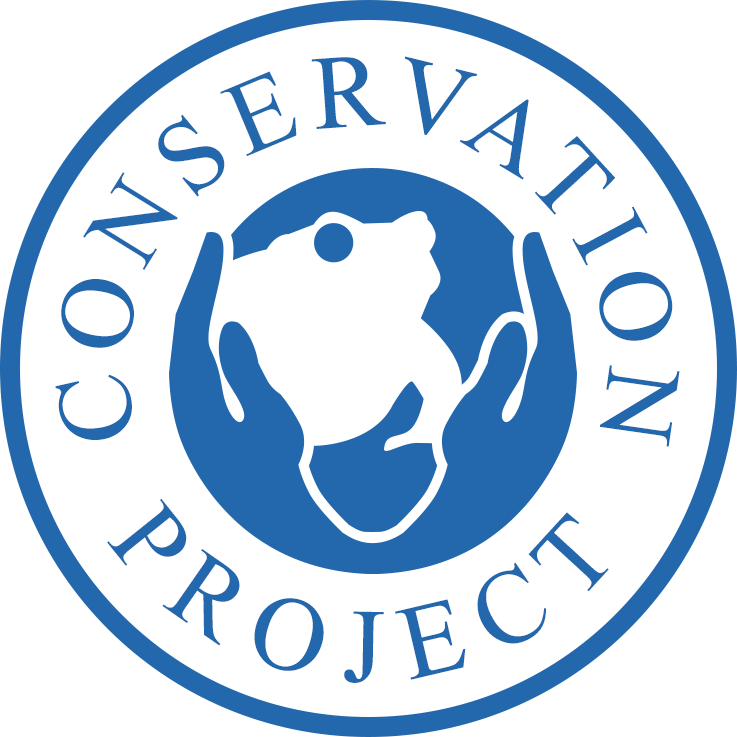

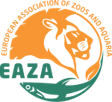
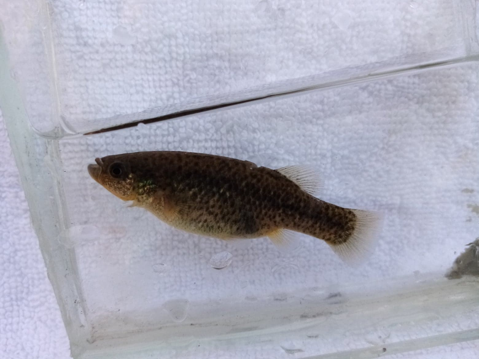
Category:
